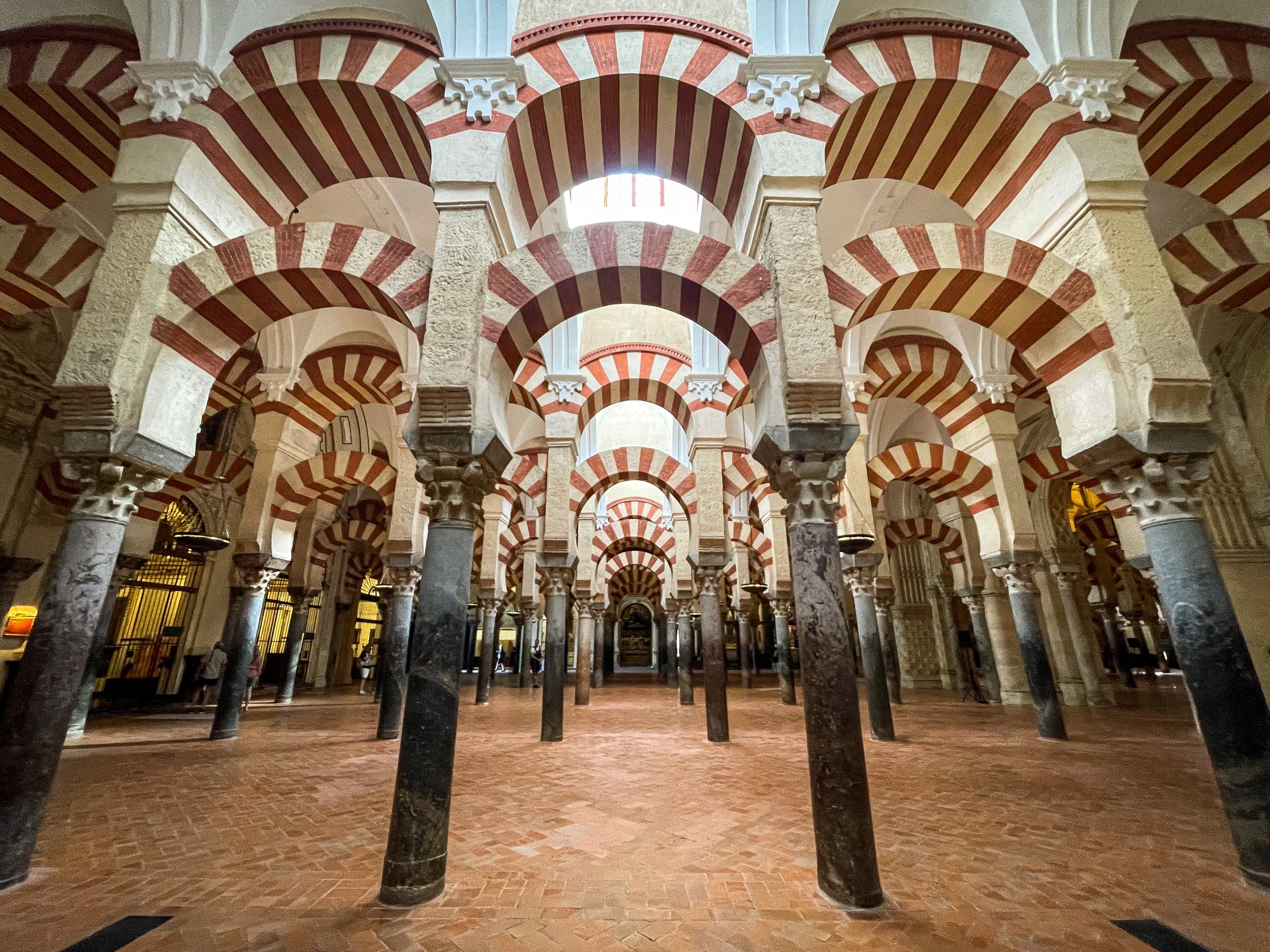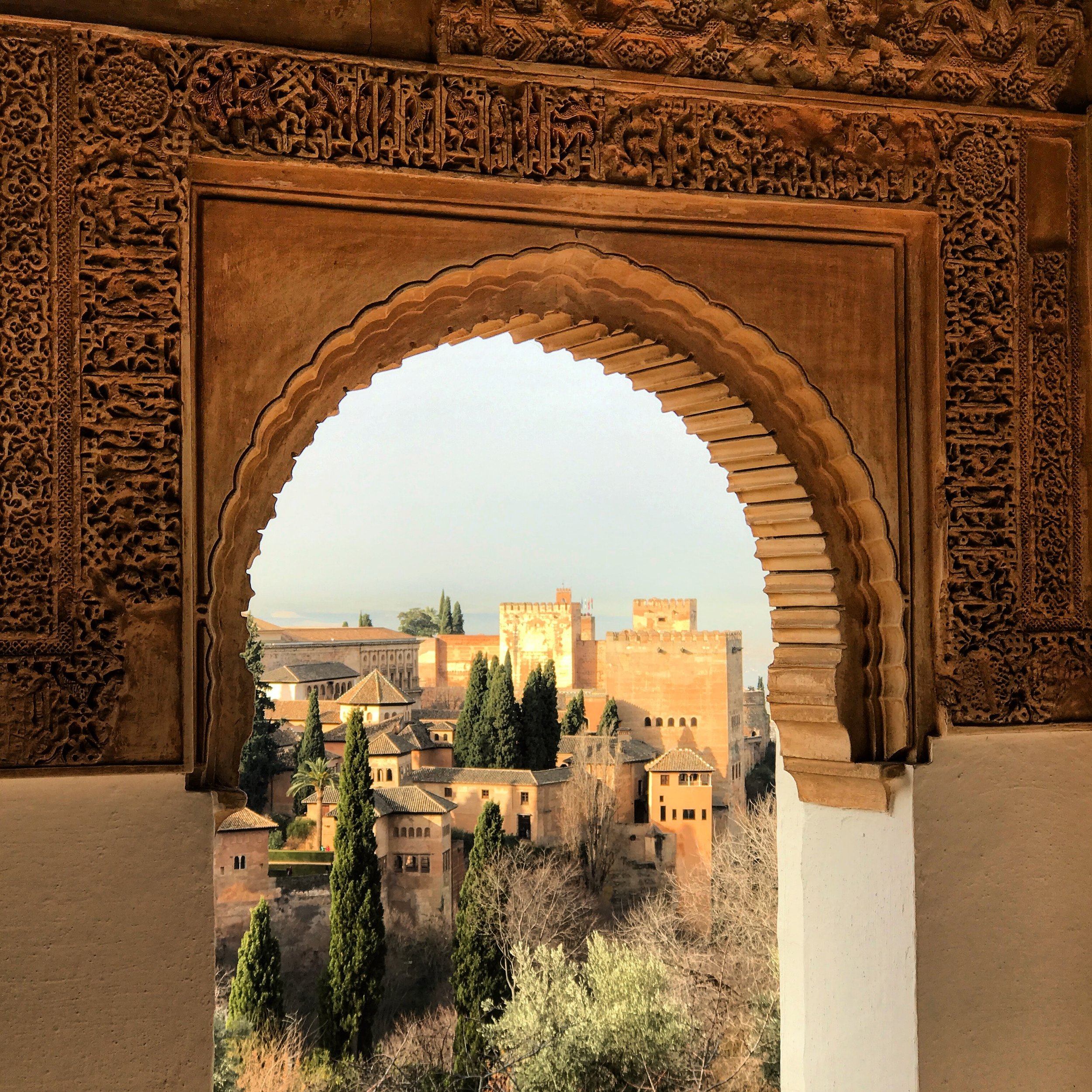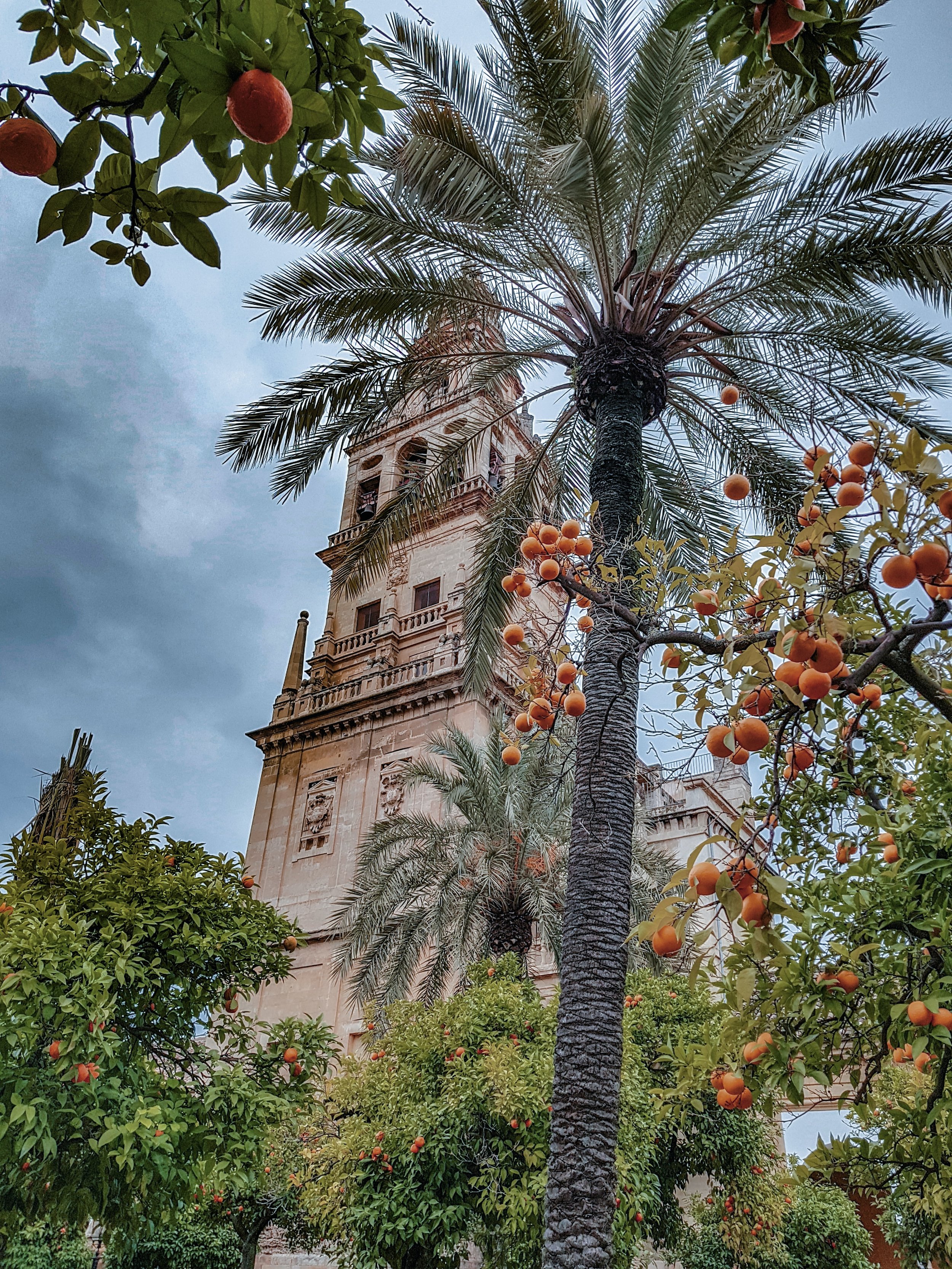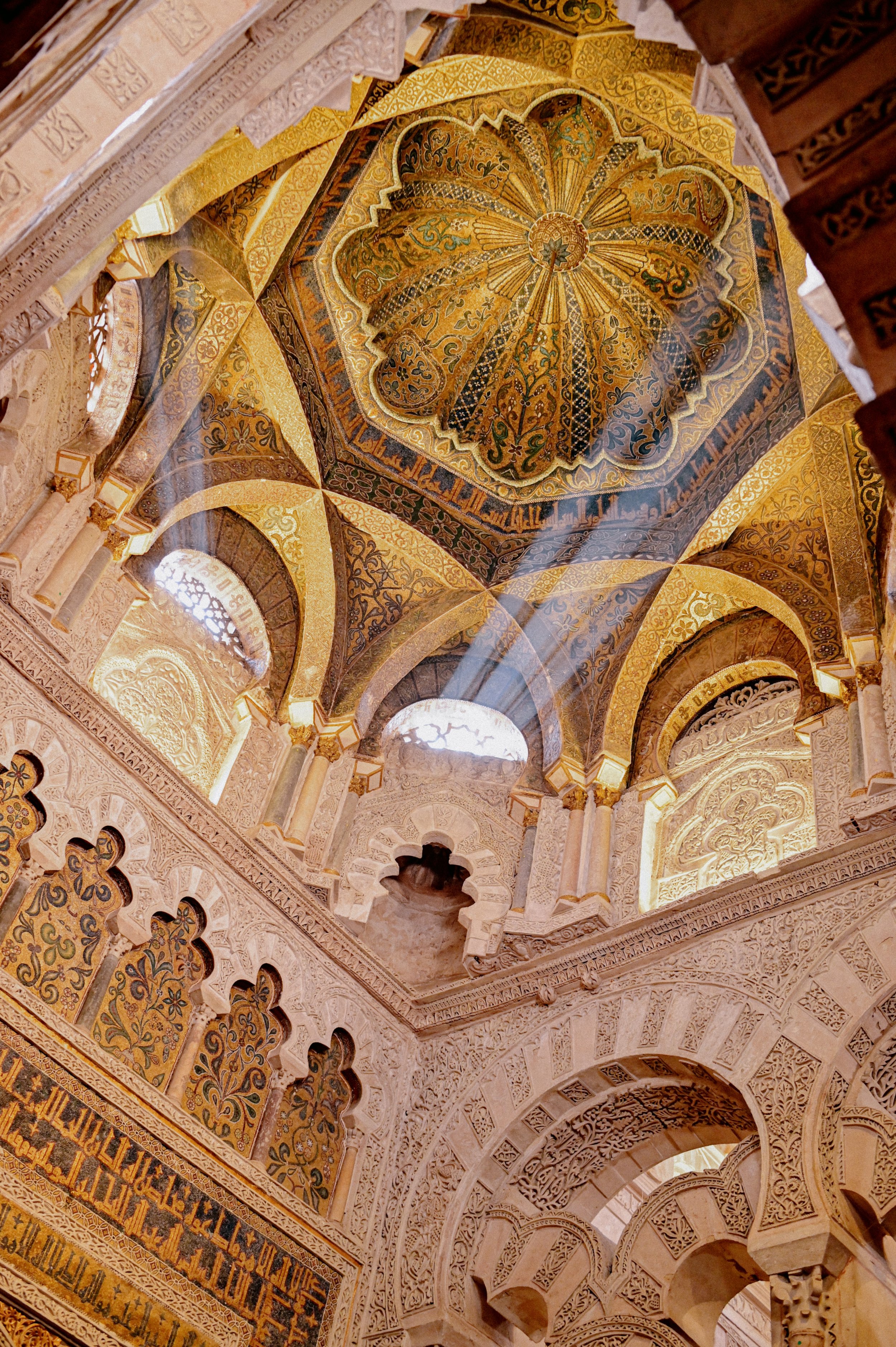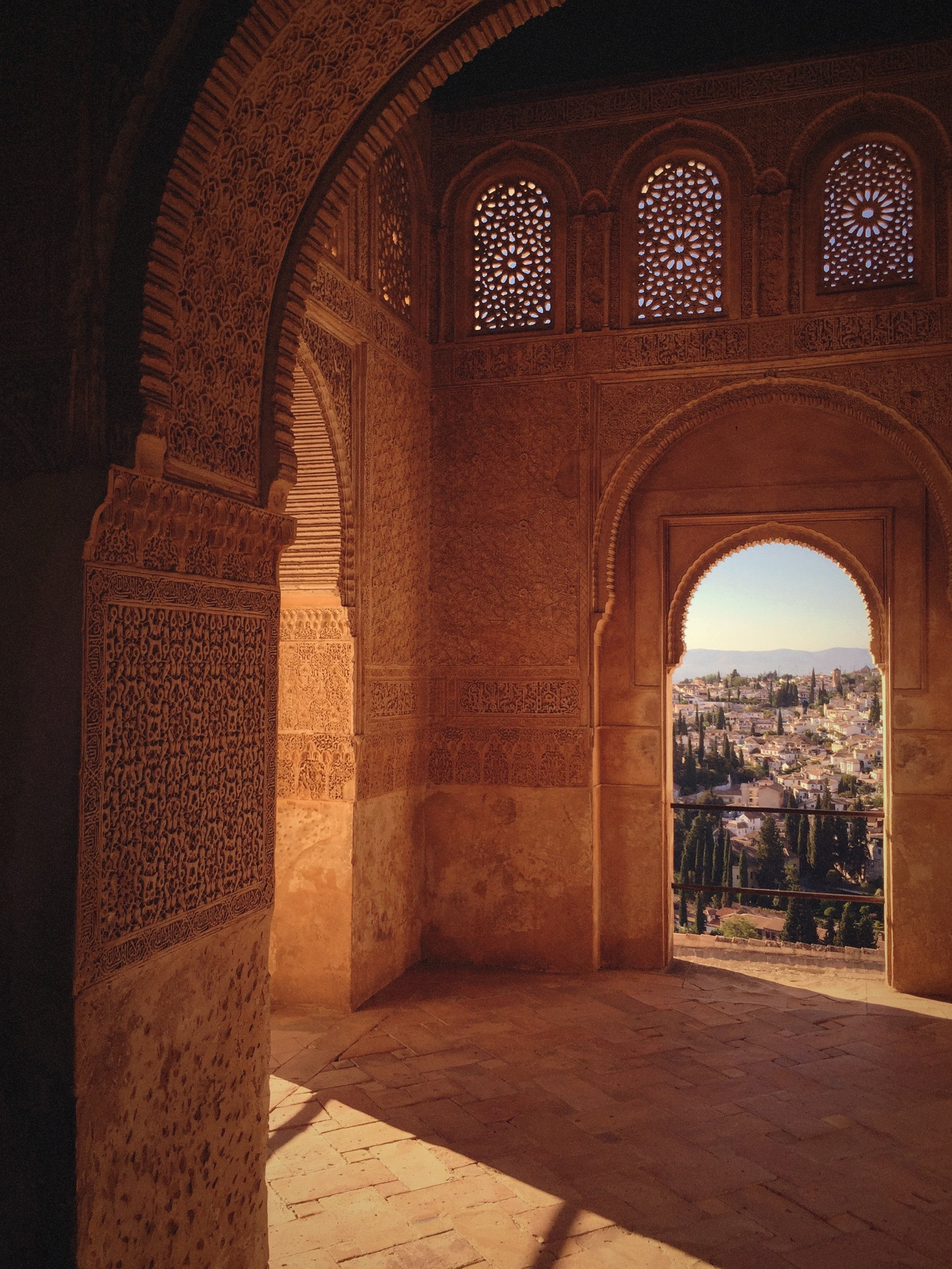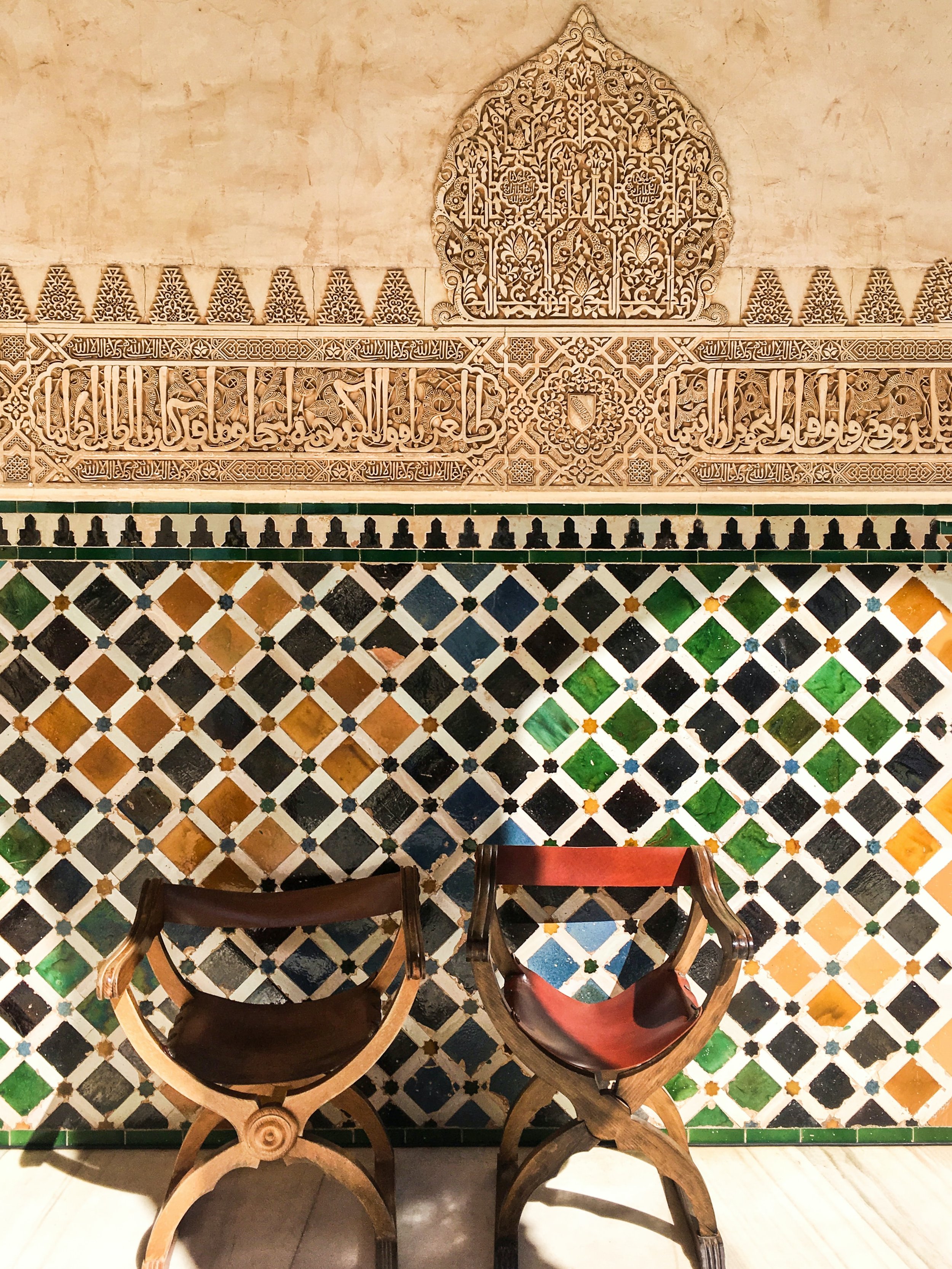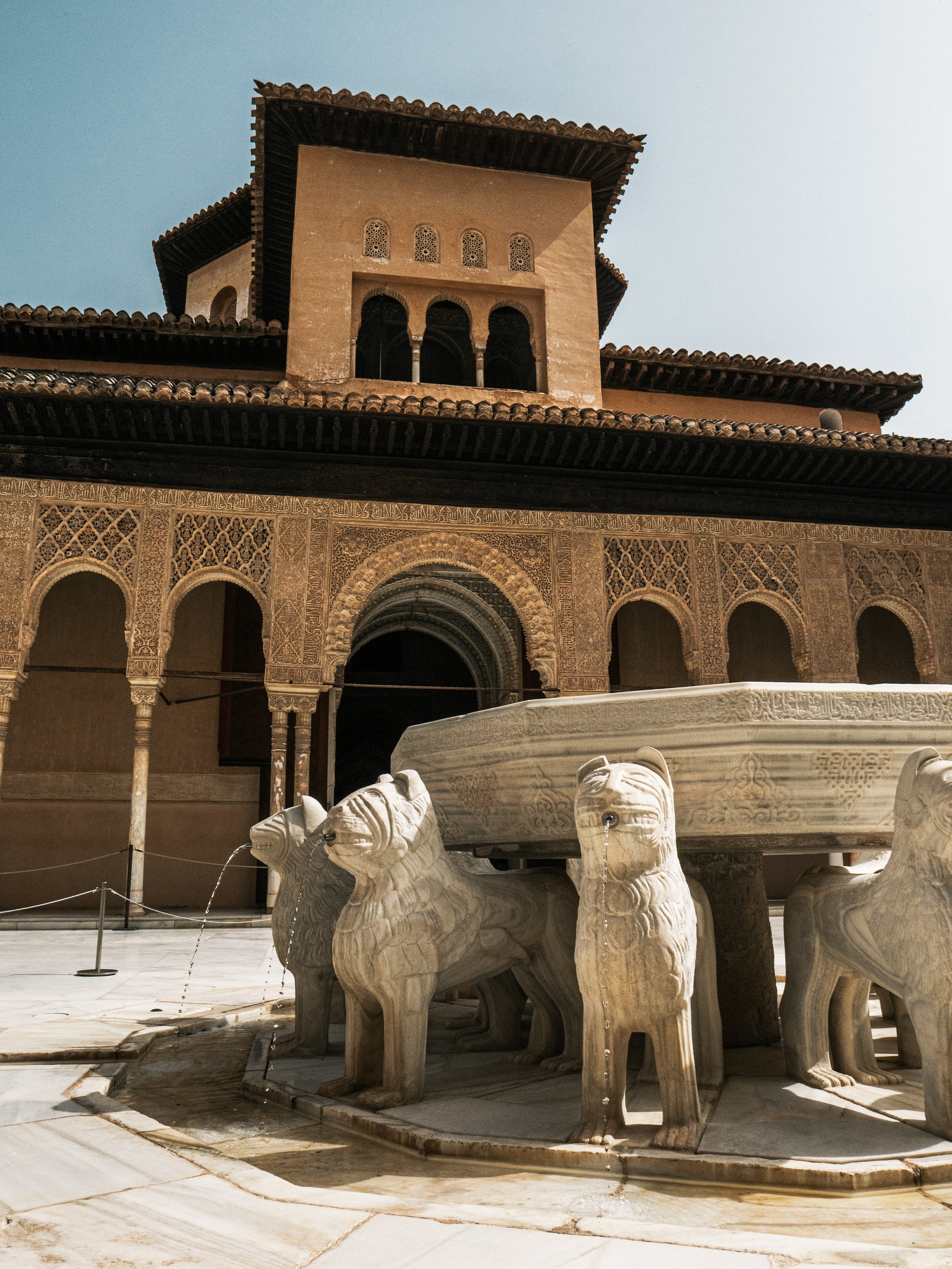El Andalus: where East met West in medieval splendor
Spain's southern region of Andalusia whispers a forgotten tale of cultural fusion and intellectual brilliance. From the 8th to the 15th centuries, this land bloomed as El Andalus, a Muslim-ruled territory where Islamic and Christian worlds intricately intertwined, leaving behind a legacy that resonates to this day.
Nestled amidst the Iberian Peninsula, El Andalus initially stretched across most of Spain, its heart lying in Córdoba, a beacon of knowledge and artistic splendor. Under Umayyad caliphs, the city transformed into a bustling metropolis, boasting magnificent libraries, universities, and mosques. Cordoba's Grand Mosque, with its mesmerizing arches and forest of columns, stands as a testament to that era's architectural prowess.
Beyond dazzling aesthetics, El Andalus thrived as a center of learning and cultural exchange. Arabic scholars translated ancient Greek and Persian texts, fostering a scientific and philosophical renaissance. Advanced irrigation techniques, adapted from Islamic traditions, transformed agriculture, and a vibrant marketplace of ideas sprang up in bustling urban centers.
Coexistence wasn't always harmonious. Religious and political tensions simmered, culminating in the Christian "Reconquista," a gradual reconquest of the Iberian Peninsula. By 1492, the fall of Granada marked the end of El Andalus, leaving behind a bittersweet legacy.
Though its reign ended, El Andalus's cultural impact remains woven into the fabric of Spain. The echoes of Arabic words resonate in Spanish vocabulary, from "guitarra" (guitar) to "azúcar" (sugar). Architectural echoes abound, from the intricate tilework of the Alhambra palace to the graceful arches adorning synagogues and mosques.



